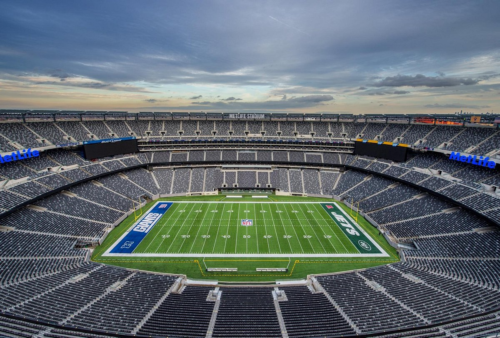After another injury-riddled week in the NFL, it’s time to re-ignite the debate over turf fields. I argue that it’s not unreasonable to cave to the NFLPA’s demands and finally have the NFL ban turf fields.
The Rise of Artificial Turf
It’s worth understanding why turf became popular in the first place. Artificial turf has certain advantages, including reduced maintenance costs, consistency in play, and the ability to withstand harsh weather conditions. But are these benefits worth the potential cost to players’ safety and careers?
The Link Between Turf and Injuries
There’s a growing body of research suggesting that artificial turf may increase the risk of certain injuries. The harder surface compared to natural grass could potentially result in more force exerted on the players’ joints. Data from the NFLPA released this past spring shows that natural grass is a “significantly safer” surface than turf.
Prime-time Turf Woes
There’s really nothing that forces the NFL’s hand like a prime time stand-alone game filled with injuries. Unfortunately, that’s exactly what we’ve been getting all season. The season started off with a whimper, as Aaron Rodgers went down with an Achilles tear 4 plays into the season (on MetLife’s turf). Fast forward a few Mondays, and the Giants lost two players on a single play when they attempted the “tush push” made famous by Jalen Hurts and the Eagles. Both center John Schmitz and tight end Daniel Bellinger were injured on the MetLife Turf trying to run the play. And last night the Giants lost another offensive lineman in the first quarter at Highmark Stadium to a toe injury.
The Player Perspective
Players’ opinions on this matter shouldn’t be taken lightly. After all, they’re the ones putting their bodies on the line every game. Many have expressed their distaste for artificial surfaces, citing not just the injury risk, but also issues with traction.
In 2022, the president of the NFL Players Association, JC Tretter, wrote a column advocating for improved work conditions and the need to enhance the playing fields. In his column, Tretter uses the NFLPA’s data to argue that turf surfaces result in higher in-game injury rates than any other surface. The players are frustrated and simply want a safer workplace.
The Path Forward – Why the Time is Now for the NFL to Ban Turf
While the logistical challenges of a league-wide surface change might seem daunting, there’s one major reason why there’s never been a better time: The 2026 World Cup.
The World Cup is coming back to America, and per FIFA rules, all playing surfaces have to be natural grass. That means, for the dozen or so NFL stadiums hosting, they’ll have to figure out a natural grass field anyway. In advance of the World Cup, the NFL should be looking to phase out turf in 2024 and figure out how to install a safe natural grass field in every arena. With each franchise valued at well over a billion dollars – an increased investment in maintenance to ensure natural grass fields remain playable throughout the year should be mandatory.
Conclusion
As the debate around artificial turf in the NFL intensifies, it’s clear that there’s no easy answer. While banning turf might seem like an extreme measure, the wellbeing of players cannot be sidelined. It’s up to the league, players, and experts to come together, evaluate the risks, and decide on the best path forward for the sport we all love.











